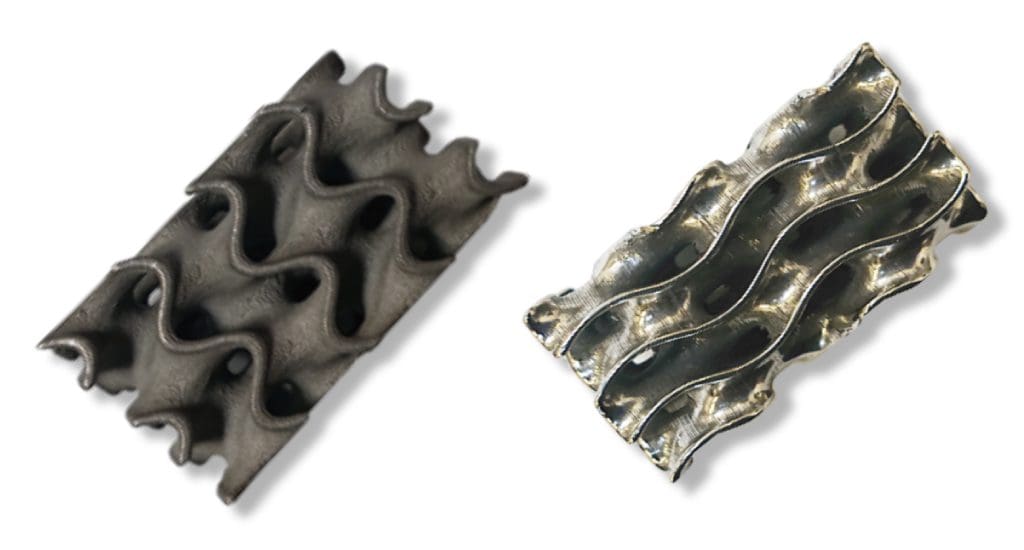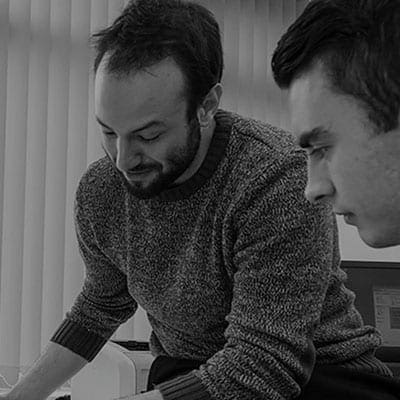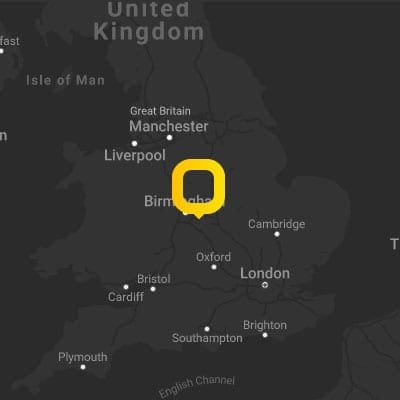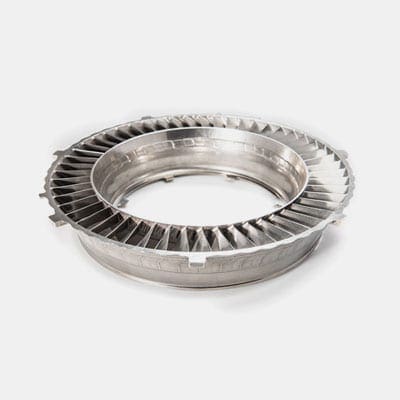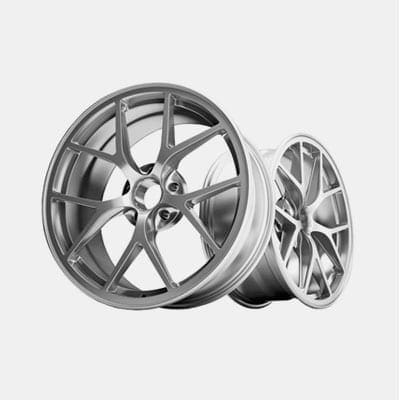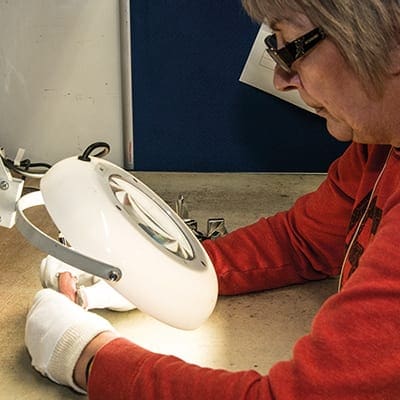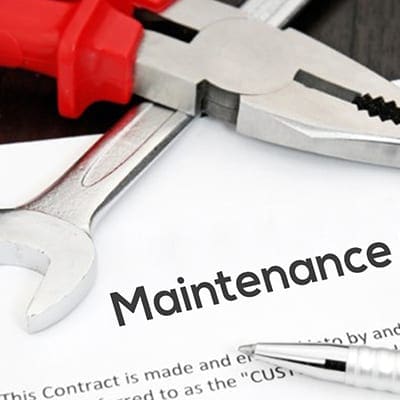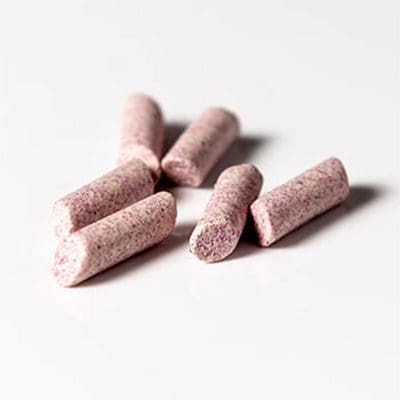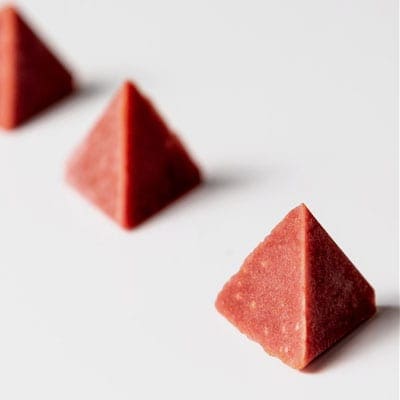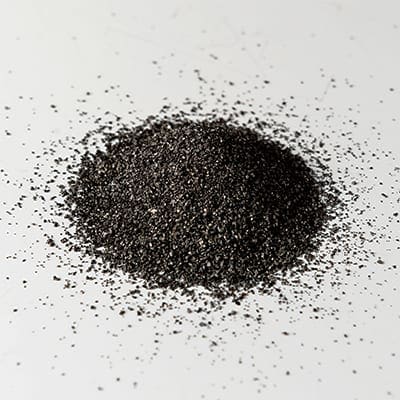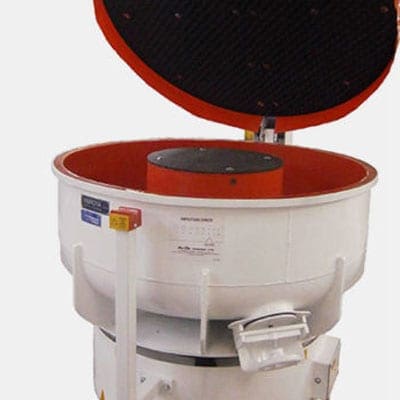-

-

-
- About
- Industries
-
Sub-Contracting
-
- Consumables
-
Cleaning
-
- All Ultrasonic Machines
- TT Standard Ultrasonic Series
- LT Pro Laboratory Ultrasonic Cleaning Machines
- MOT Automotive Ultrasonic Cleaning Machines
- One Tank Industrial Ultrasonic Cleaning Equipment
- Manual Multistage Ultrasonic Cleaning Equipment
- Multistage Automatic Ultrasonic Cleaning Machine
- Ultrasonic Generators
- Ultrasonic Cleaner Solution
-
-
Blasting & Peening
-
- All Shot Blasting Machines
- Powertrack Junior Portable Blast System
- Powertrack Portable Blast System
- ActOn Mobile Shot Blasting Room
- ECO Shot Blasting Machines
- Premium DI Suction Blasting Machines
- Premium DP Pressure Blasting Cabinets
- AWB Wet Blasting Cabinet
- Premium NP Wet Blasting Cabinets
- Automated Wet Blasting Machine
- NF Sandblasting Cabinets
- DLyte eBlast – Electro Shot Blaster
- AM Shot Peening and Blasting Series
- Automated Shot Blasting Equipment
- All Wheel Blasting Machines
- Spinner Hanger Blast Machine
- Tumble Rubber Belt Shot Blasting Machine
- Tumble Steel Belt Shot Blasting Machine
- Wire Mesh Belt Shot Blasting Machine
- Continuous Feed Overhead Rail Blasting Machine
- Roller Conveyor Blast Machine
- Continuous Feed Tube & Bar Blast Cleaning Machine
- Rotary Table Shot Blasting Machine
- Tunnel Concrete Shot Blast Machine
-
-
Surface Finishing
-
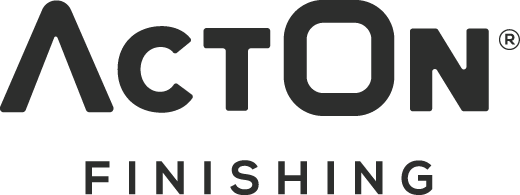


-
Surface Finishing
- All Mass Finishing Machines
- Vibratory Bowl Machines
- Vibratory Trough Machines
- Dual Finishing Machines
- Dryers
- Centrifugal High Energy Machines
- Disc Finishing Machines
- LE30 Rotary Barrel Machine
- Wheel Polishing Machine
- Automation for Mass Finishing
- Mass Finishing Accessories
- All Vibratory Machines
- Vibratory Dual Machines
- Vibratory Consumables
- Vibratory Bowl Machines
- Vibratory Trough Machines
- Dlyte Technology
- Waste Water Treatment
- REFURBISHED MACHINES
-
Blasting & Peening
- All Shot Blasting Machines
- Powertrack Junior Portable Blast System
- Powertrack Portable Blast System
- ActOn Mobile Shot Blasting Room
- ECO Shot Blasting Machines
- Premium DI Suction Blasting Machines
- Premium DP Pressure Blasting Cabinets
- AWB Wet Blasting Cabinet
- Premium NP Wet Blasting Cabinets
- Automated Wet Blasting Machine
- NF Sandblasting Cabinets
- DLyte eBlast – Electro Shot Blaster
- AM Shot Peening and Blasting Series
- Automated Shot Blasting Equipment
- All Wheel Blasting Machines
- Spinner Hanger Blast Machine
- Tumble Rubber Belt Shot Blasting Machine
- Tumble Steel Belt Shot Blasting Machine
- Wire Mesh Belt Shot Blasting Machine
- Continuous Feed Overhead Rail Blasting Machine
- Roller Conveyor Blast Machine
- Continuous Feed Tube & Bar Blast Cleaning Machine
- Rotary Table Shot Blasting Machine
- Tunnel Concrete Shot Blast Machine
- Refurbished Machines
-
Cleaning
- All Ultrasonic Machines
- TT Standard Ultrasonic Series
- LT Pro Laboratory Ultrasonic Cleaning Machines
- MOT Automotive Ultrasonic Cleaning Machines
- One Tank Industrial Ultrasonic Cleaning Equipment
- Manual Multistage Ultrasonic Cleaning Equipment
- Multistage Automatic Ultrasonic Cleaning Machine
- Ultrasonic Generators
- Ultrasonic Cleaner Solution
- Vibratory Finishing Machines
- Consumables
- Sub-Contracting
- Industries
- About
- Free Trial
- Contact us
ActOn Case Studies
Choosing the Right Media Shape & Size to Polish an Intricate 3D Printed Ornament
Watch the videoRecently we have been approached by one of our customers to find a finishing process to remove the lines resulted from the 3d printing process and to polish an intricate 3d printed ornament.
Project Background
As the part has some very intricate details one of the main issues we encountered was that if we over processed the components the details would be removed. Also, due to the manufacturing method certain internal areas were difficult to process. Hence the media shape and size was essential to achieve a polish and smooth finish.
The Solution – How We Achieved a Polish Finish on the 3D printed Ornament
Due to previous experience, we had with similar 3d printed parts, we carried out the trials in our centrifugal disc finishing machine. This finishing machine is perfect for processing small and thin parts, one of its main advantages being the reduced processing time.
As the part design included some intricate details we carried out different trials to determine the correct media. The final finish was achieved in a 4 stages process, using a mix of abrasive ceramic and plastic media to remove the printing lines, smooth the surface and deburr the part and a high-density porcelain media to achieve the polished finish.
When choosing the shape and size of the media we considered the geometry of the part – hence any lodgement of media was avoided and the part finish was consistent.
Did you know that we manufacture our ceramic media at our facility in Kedah, Malaysia? You can check our range of ceramic media here ceramicmedia.co.uk.
To remove the lines and smooth the surface of the 3d printed ornament, we used alongside the media a liquid finishing compound which acts as a concentrated cleaner and polisher. For the polishing stage, we switched the compound for one of our best-selling compounds, the LQ9. This is a specially formulated polishing and brightening compound which can be used to process ferrous and non-ferrous metals.
The process benefits include:
- Client can achieve the final finish in just 6 hours.
- We offered a repeatable and high quality finishing result.
- Using the correct media size and shape the part surface was smooth and polished; even the part’s internal areas which were difficult to reach, were processed to customer’s standard.
- The gentle action of the CDF machine ensured that parts were not damaged.
Result
The total process time took approx. 6 hours which was less than what the customer expected. The process delivered a superior polished finish while the dimensional integrity of the part was maintained.
Before / After
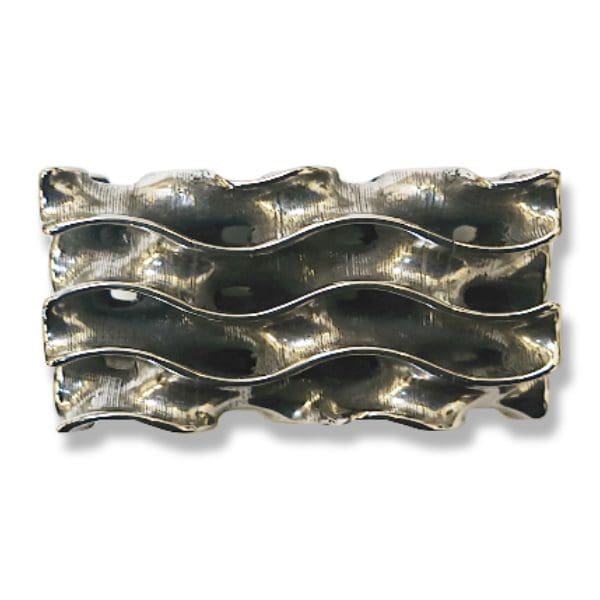

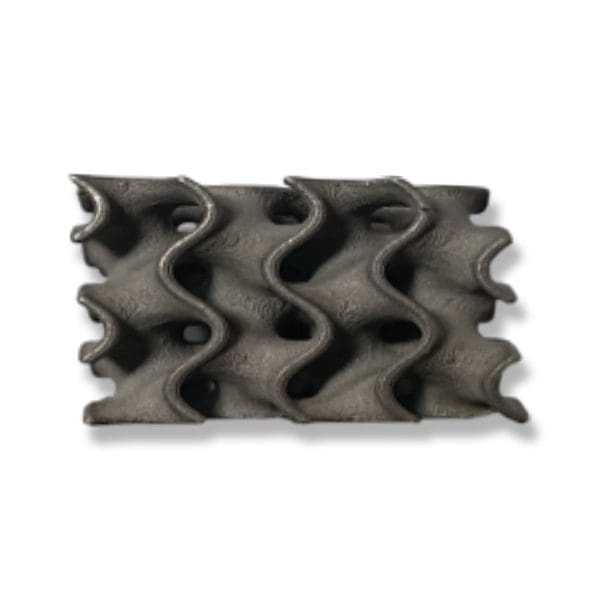

Interested in Finding out More?
To learn more about ActOn’s finishing technology for Jewellery industry click here. For further information regarding the finishing process contact our technical team.
Contact
Another related Case Study
